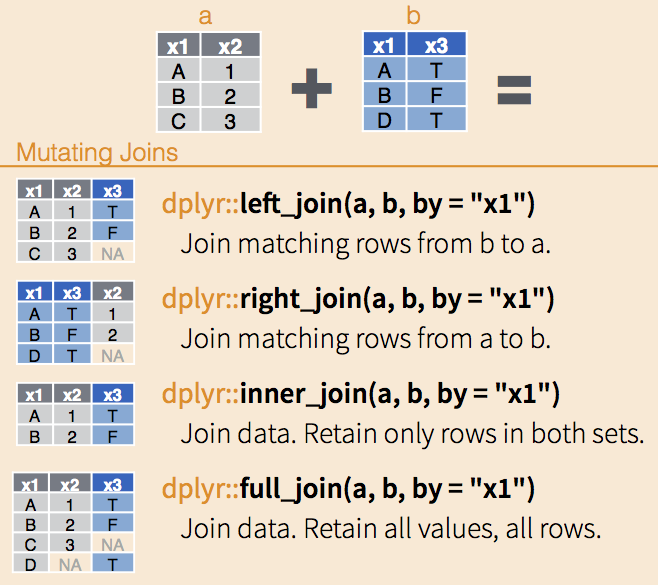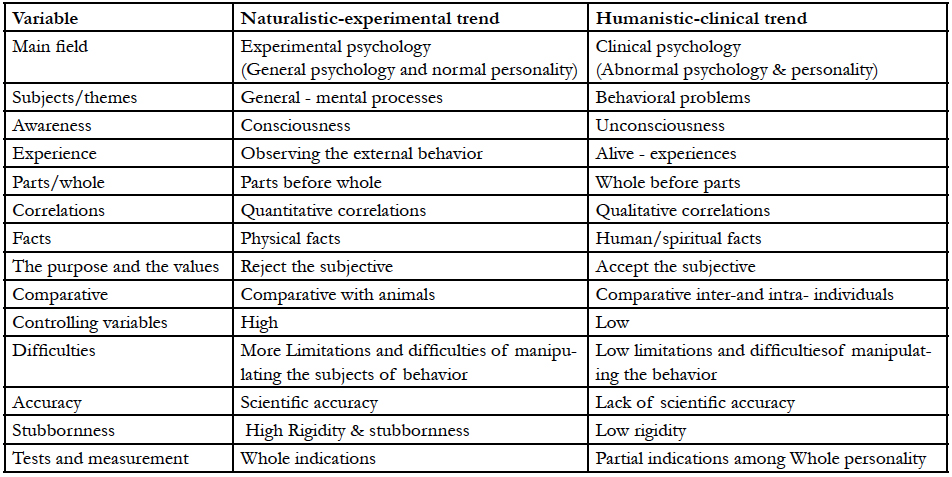

- #Dplyr summarize issues with list how to#
- #Dplyr summarize issues with list full#
- #Dplyr summarize issues with list download#
Every row in 2009/01/part-0.parquet has a value of 2009 for year and 1 for month, even though those columns may not be present in the file. In this case, you could provide c("year", "month") to the partitioning argument, saying that the first path segment gives the value for year, and the second segment is month.
#Dplyr summarize issues with list how to#
In that case, open_dataset() would need some hints as to how to use the file paths. For example, suppose the NYC taxi data used file paths like these: 2009/01/part-0.parquet Sometimes the directory partitioning isn’t self describing that is, it doesn’t contain field names. In that sense, a hive-style partitioning is self-describing: the folder names state explicitly how the Dataset has been split across files. For example, in the NYC taxi data file paths look like this: year=2009/month=1/part-0.parquetįrom this, open_dataset() infers that the first listed Parquet file contains the data for January 2009. Next, what information does open_dataset() expect to find in the file paths? By default, the Dataset interface looks for Hive-style partitioning structure in which folders are named using a “key=value” convention, and data files in a folder contain the subset of the data for which the key has the relevant value. These functions are wrappers around open_dataset() but with parameters that mirror read_csv_arrow(), read_delim_arrow(), and read_tsv_arrow() to allow for easy switching between functions for opening single files and functions for opening datasets.ĭs <- open_csv_dataset ( "nyc-taxi/csv/" )įor more information on these arguments and on parsing delimited text files generally, see the help documentation for read_delim_arrow() and open_delim_dataset(). In the case of text files, you can pass the following parsing options to open_dataset() to ensure that files are read correctly:Īn alternative when working with text files is to use open_delim_dataset(), open_csv_dataset(), or open_tsv_dataset().

"csv" (comma-delimited files) and "tsv" (tab-delimited files)."feather" or "ipc" (aliases for "arrow" as Feather version 2 is the Arrow file format).The Arrow Dataset interface supports several file formats including: For example if the data were encoded as CSV files we could set format = "csv" to connect to the data. Two questions naturally follow from this: what kind of files does open_dataset() look for, and what structure does it expect to find in the file paths? Let’s start by looking at the file types.īy default open_dataset() looks for Parquet files but you can override this using the format argument. For more information about Schemas see the metadata article. Instead, Arrow scans the data directory to find relevant files, parses the file paths looking for a “Hive-style partitioning” (see below), and reads headers of the data files to construct a Schema that contains metadata describing the structure of the data. It is important to note that when we do this, the data values are not loaded into memory. If you have Amazon S3 support enabled in arrow (true for most users see links at the end of this article if you need to troubleshoot this), you can connect to a copy of the “tiny taxi data” stored on S3 with this command:

#Dplyr summarize issues with list download#
It is not a small data set – it is slow to download and does not fit in memory on a typical machine 🙂 – so we also host a “tiny” version of the NYC taxi data that is formatted in exactly the same way but includes only one out of every thousand entries in the original data set (i.e., individual files are <1MB in size, and the “tiny” data set is only 70MB)
#Dplyr summarize issues with list full#
A single file is typically around 400-500MB in size, and the full data set is about 70GB in size.

This multi-file data set is comprised of 158 distinct Parquet files, each corresponding to a month of data. A data dictionary for this version of the NYC taxi data is also available. To demonstrate the capabilities of Apache Arrow we host a Parquet-formatted version this data in a public Amazon S3 bucket: in its full form, our version of the data set is one very large table with about 1.7 billion rows and 24 columns, where each row corresponds to a single taxi ride sometime between 20. As an example, consider the New York City taxi trip record data that is widely used in big data exercises and competitions. The primary motivation for Arrow’s Datasets object is to allow users to analyze extremely large datasets.


 0 kommentar(er)
0 kommentar(er)
